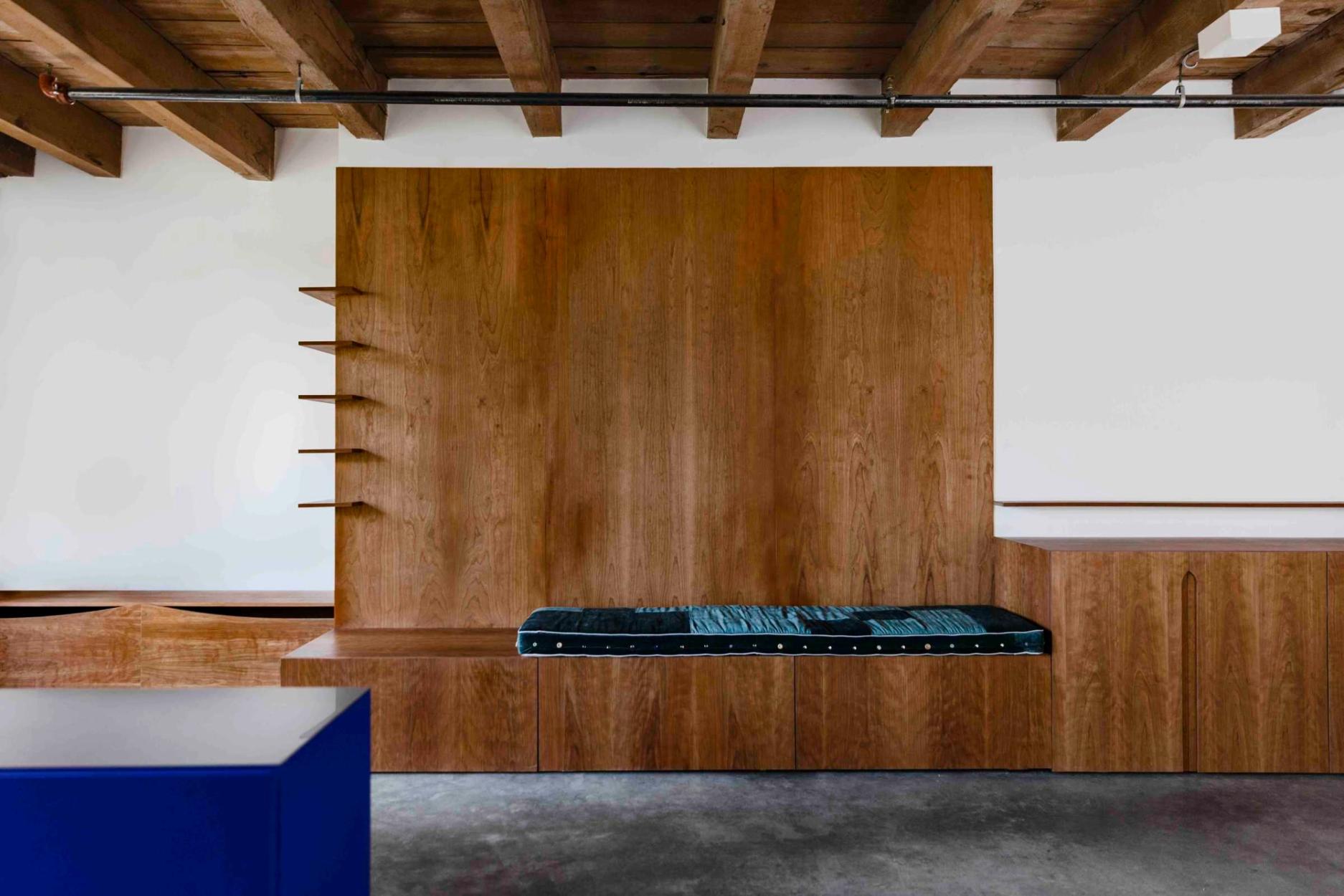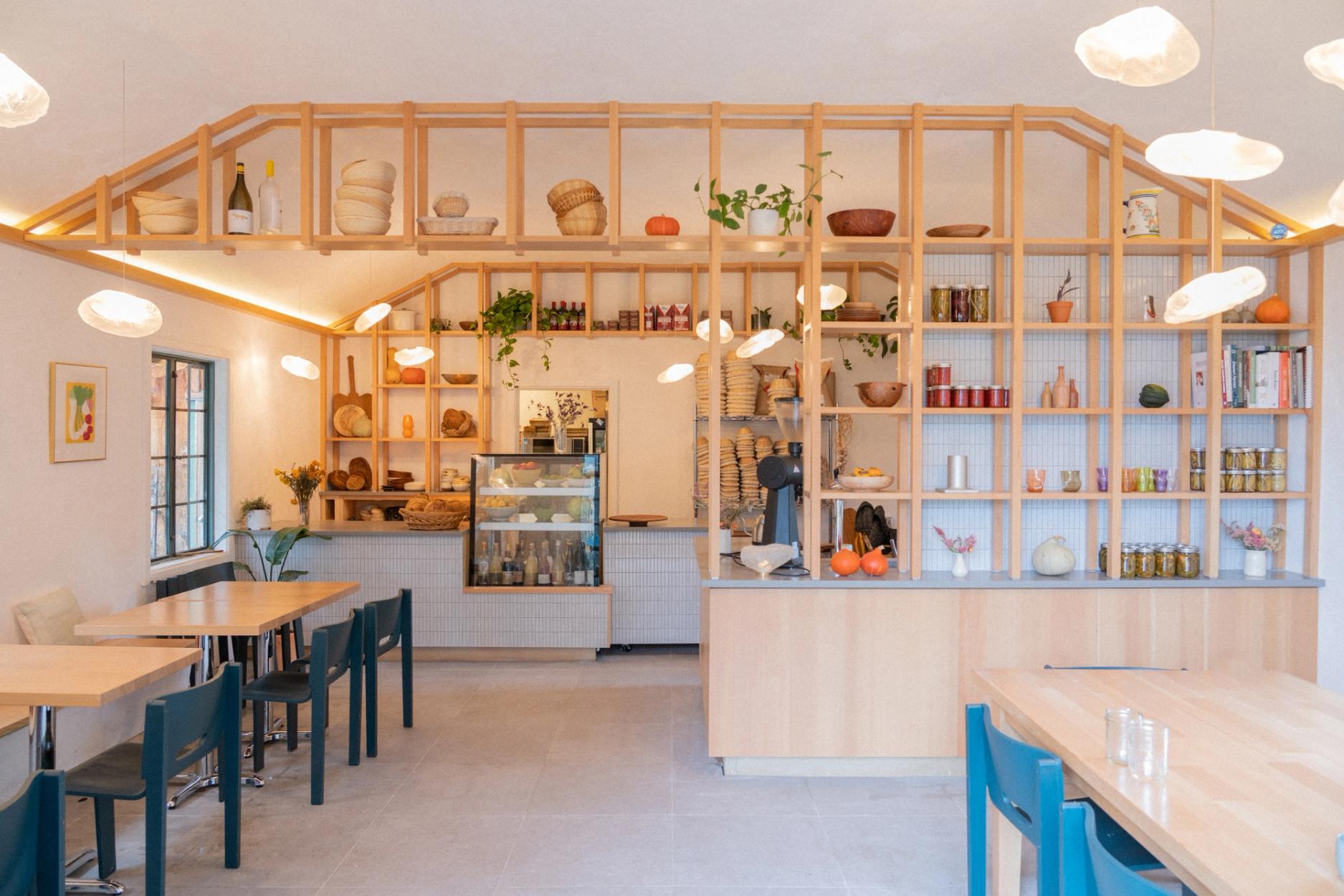Nathan Martell traces his industrial design practice in conversation with Alex Nelson
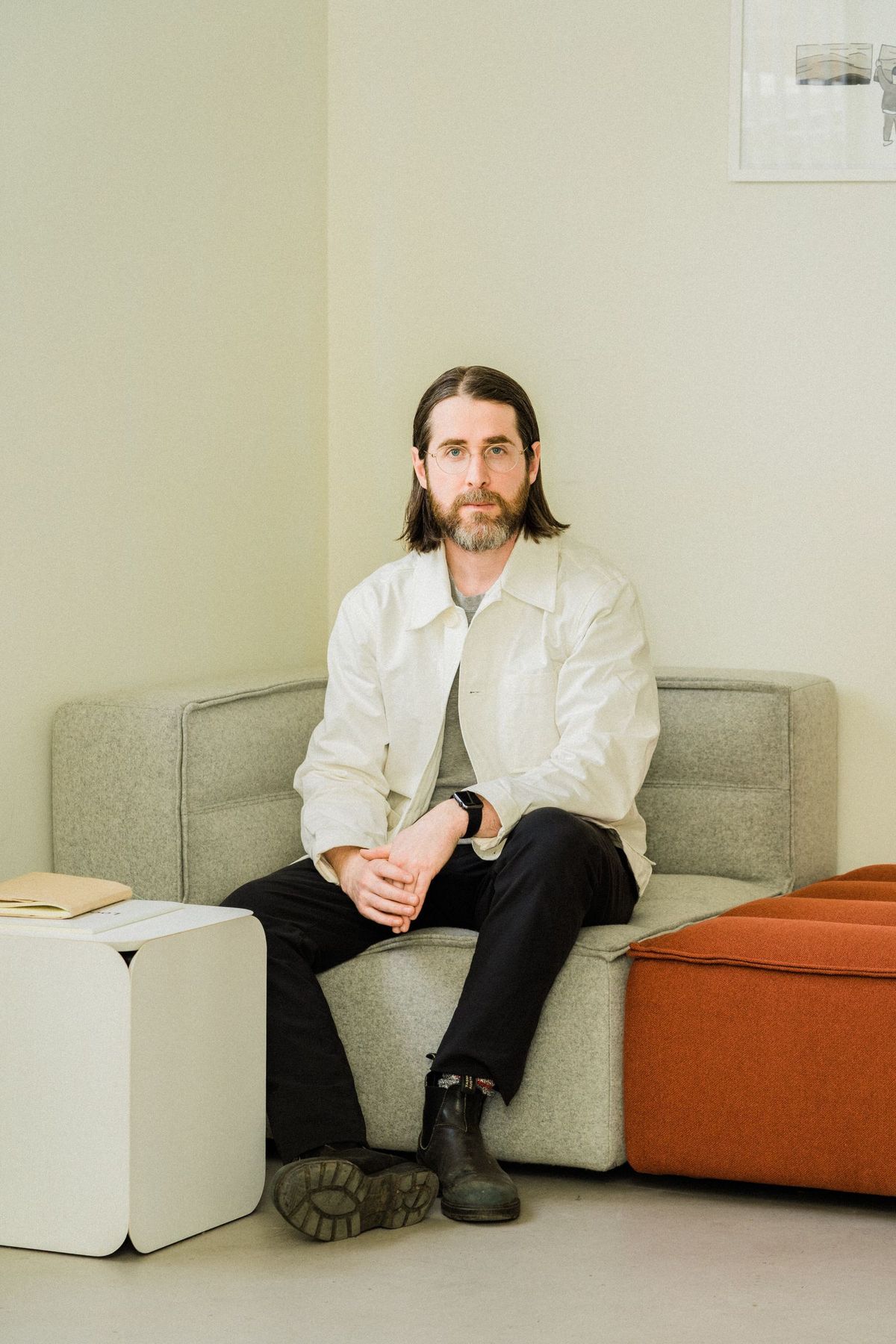
Nathan is a Canadian industrial designer based on Vancouver Island. He is also founding partner of furniture brand Part & Whole, where he serves as design director. Nathan studied industrial design at Emily Carr University in Vancouver. He worked as product designer at Bensen before founding Part & Whole.
Alex Nelson
You and I went to Emily Carr (ECUAD) around the same time. I was in the communication design program while you went down the industrial design track. An industrial design practice can manifest itself a lot of different ways. What led you to pursue furniture design? Were you always interested in it or was it something that developed as you got exposure to the broader discipline of ID?
Nathan Martell
The breadth of ID as a profession was actually one of the main things that drew me to it initially. I was fascinated by the idea that you could learn a skillset that could allow for designing things so wildly varied in type and scale – from consumer electronics to cars for example. Furniture was certainly one of the categories of interest along that spectrum early on, but the specificity in my practice is something that developed during (and after) my time at ECUAD.
AN
Are there any projects or experiences that stand out for you as galvanizing moments? Something that got you excited about the possibilities of furniture?
NM
The biggest one was probably my experience working at molo. I was fortunate enough to work there off and on throughout my time at Emily Carr, and it was easily just as much, if not more, of an education as my formal studies. Todd and Stephanie (the principals at molo) defined their practice though the lens of space making, and that idea really stuck with me. I’ve always had a passion for architecture, but had viewed ID as very separate. They opened me up to new ways of thinking about scale, and the relation of object and environment. Recontextualizing the objects that inhabit architecture not as isolated entities, but as part of the space itself was kind of an ah-ha moment for me. That is the original thread that connects back to the name Part & Whole.
“Recontextualizing the objects that inhabit architecture not as isolated entities, but as part of the space itself was kind of an ah-ha moment for me.”
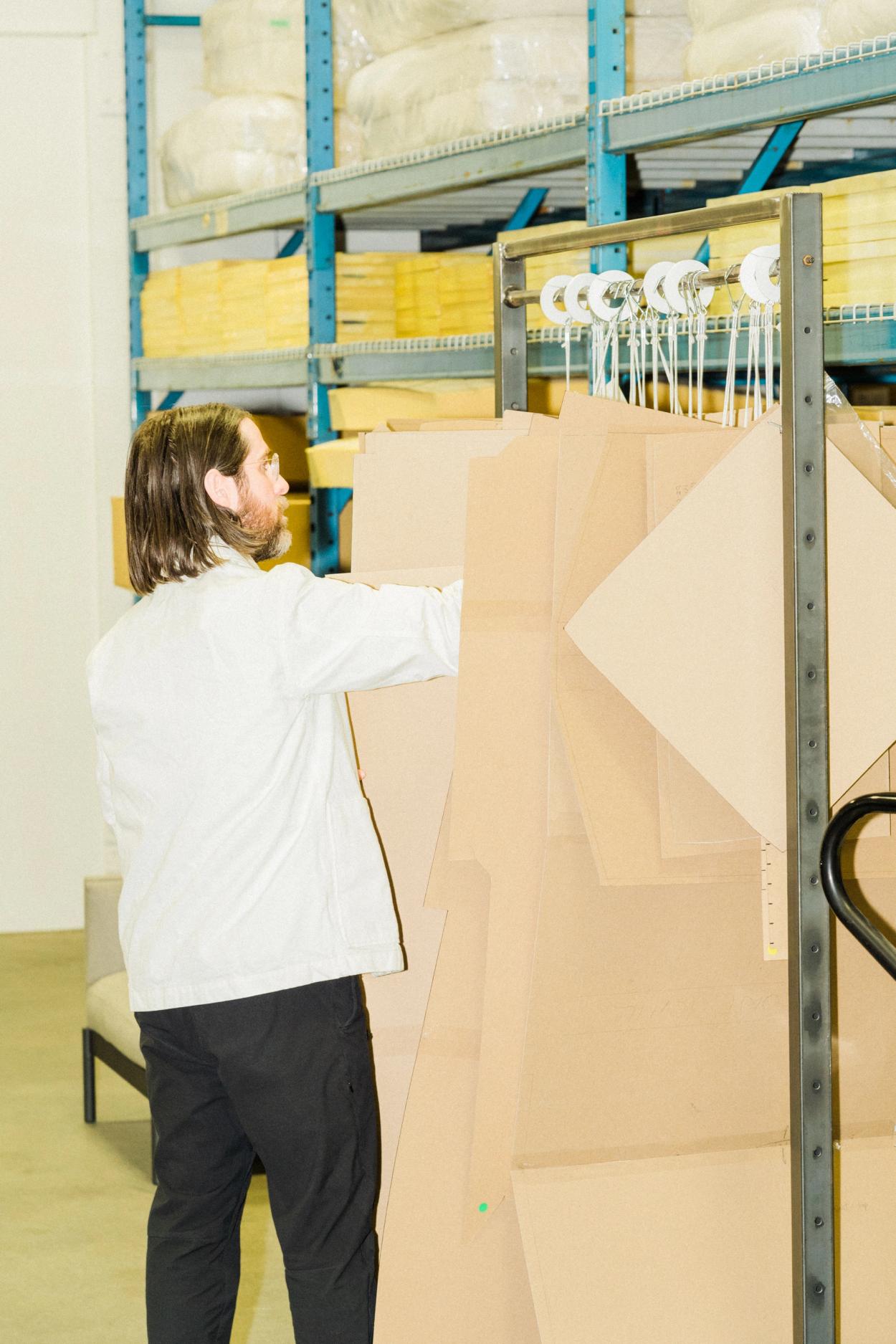
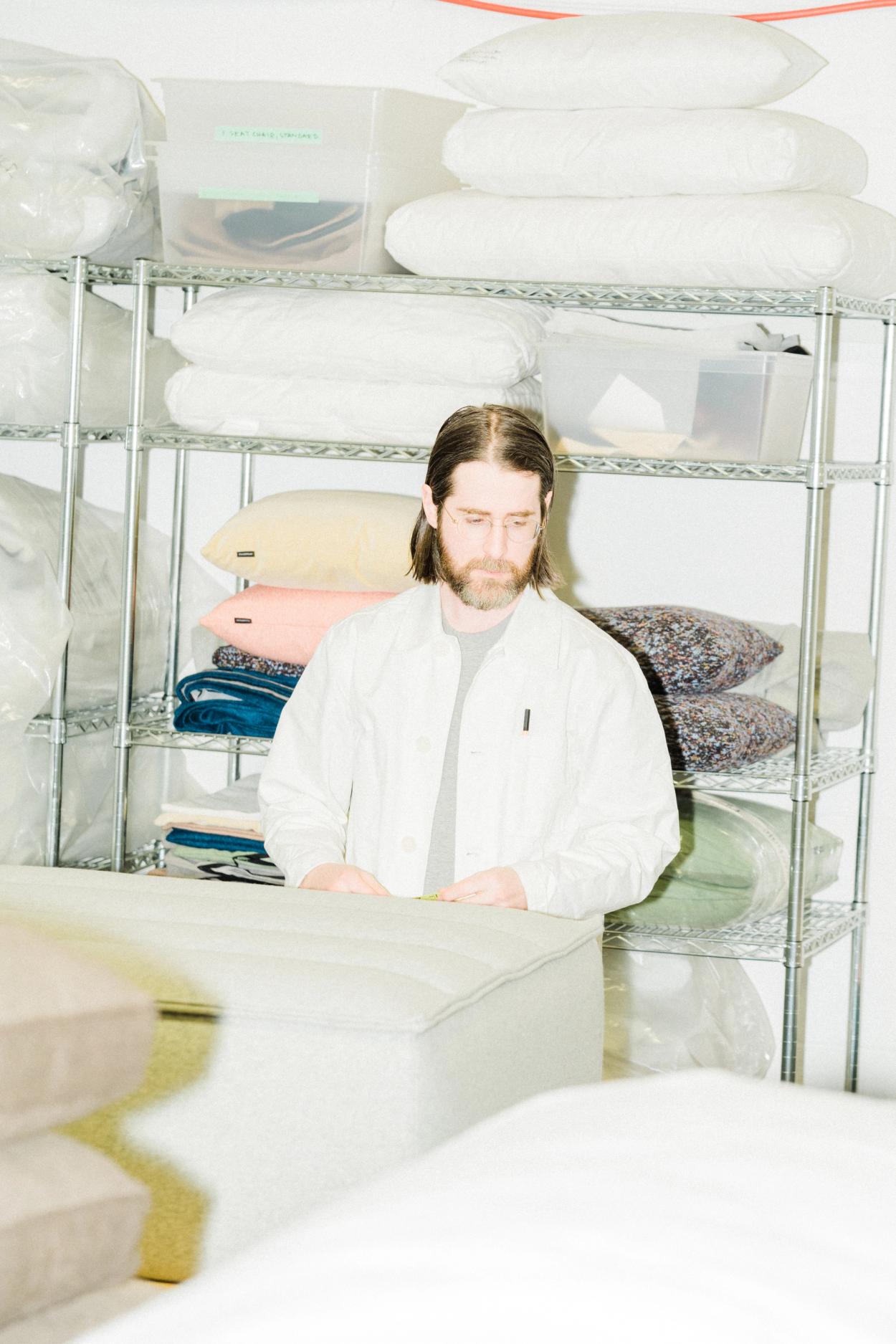
AN
That’s a compelling insight. What kinds of projects were you working on a molo?
NM
With the exception of assisting on some packaging design, the projects I worked on were not really ‘design’ projects in the traditional sense. It was ultimately a production job, but there was always an emphasis put on applying design thinking to all aspects of the business. How could you best organize the products on the warehouse shelves? How could you design your most efficient workstation? Those types of things. But perhaps more importantly, it was also an opportunity to be in the room while a business was being built. I started there as one of the first employees working out of their loft apartment, and by the time I left they had two buildings, a large team, and products in the MoMA. I learned so much from watching that process unfold and it undoubtedly planted a seed for my own entrepreneurial path years later.
AN
Was Bensen your next stop after molo?
NM
Almost. Graduating into the recession came with a brief stint of odd jobs, but I eventually landed at Bensen, which was my first real industry job after graduation. I worked as a junior industrial designer there, which essentially meant I was the assistant of the lead product developer. That product developer was Steve Suchy, who I’m still working with more than 10 years later, albeit in a very different way now.
I should add that Bensen was also the place that made me realize truly how little I knew about furniture at the time. It was a humbling and somewhat painful realization, but Steve became an incredible mentor to me and it ended up being the exact thing I needed in order to develop as a designer.

Martell's Victoria home

View into the home studio

Home studio
AN
I don't think it's uncommon to feel like you know more than you do coming out of school. I had a similar experience. It got me fired! But that's another story.
Vancouver is a small place. Within it, the space of available positions for a meaningful career in furniture design smaller still. The fact you found a position at a prestigious designer/manufacturer like Bensen, and that it came with a mentor such as Steve, is noteworthy. Maybe you knew more at the time than you give yourself credit for.
Did you see it that way during your time at Bensen? That it was a special opportunity?
NM
Hah! I would like to hear that story some day. I did have a sense at the time of how lucky I was, as I knew how few opportunities there were in the city and how competitive it was. I do think that getting a job in the field early on was something that showed me it might be possible to make a career out of this. And without needing to move to Europe – though that could have been fun too!
AN
Let's talk about Part & Whole. Why did you decide to start a furniture brand of your own? What were the circumstances that led to its creation?
NM
In the most simple terms, I was looking for a viable way to produce my work. Looking around at the time, there weren’t a lot of examples in Canada, or North America even, of designers who were making a living by licensing furniture to other brands. I did however, see designers starting brands, and getting into the industry via that route. In Vancouver that was the model at molo, as well as Bensen. There was also Bocci, who are perhaps the best example of a globally reaching Canadian design brand – and also founded by a designer. Mix in a little youthful naivete and I decided that was the most likely path for me too. Part & Whole went through several business model iterations, picked up a half dozen business partners along the way, and eventually launched as much more of a collective effort and vision. But it was the perceived lack of opportunity for a young Canadian designer that ultimately set it into motion. I hope one day that we can grow it to a stage where young designers view Part & Whole as a company that could produce their work and help launch their careers. We have a long way to go in order to get there, but that’s a big motivation for me.
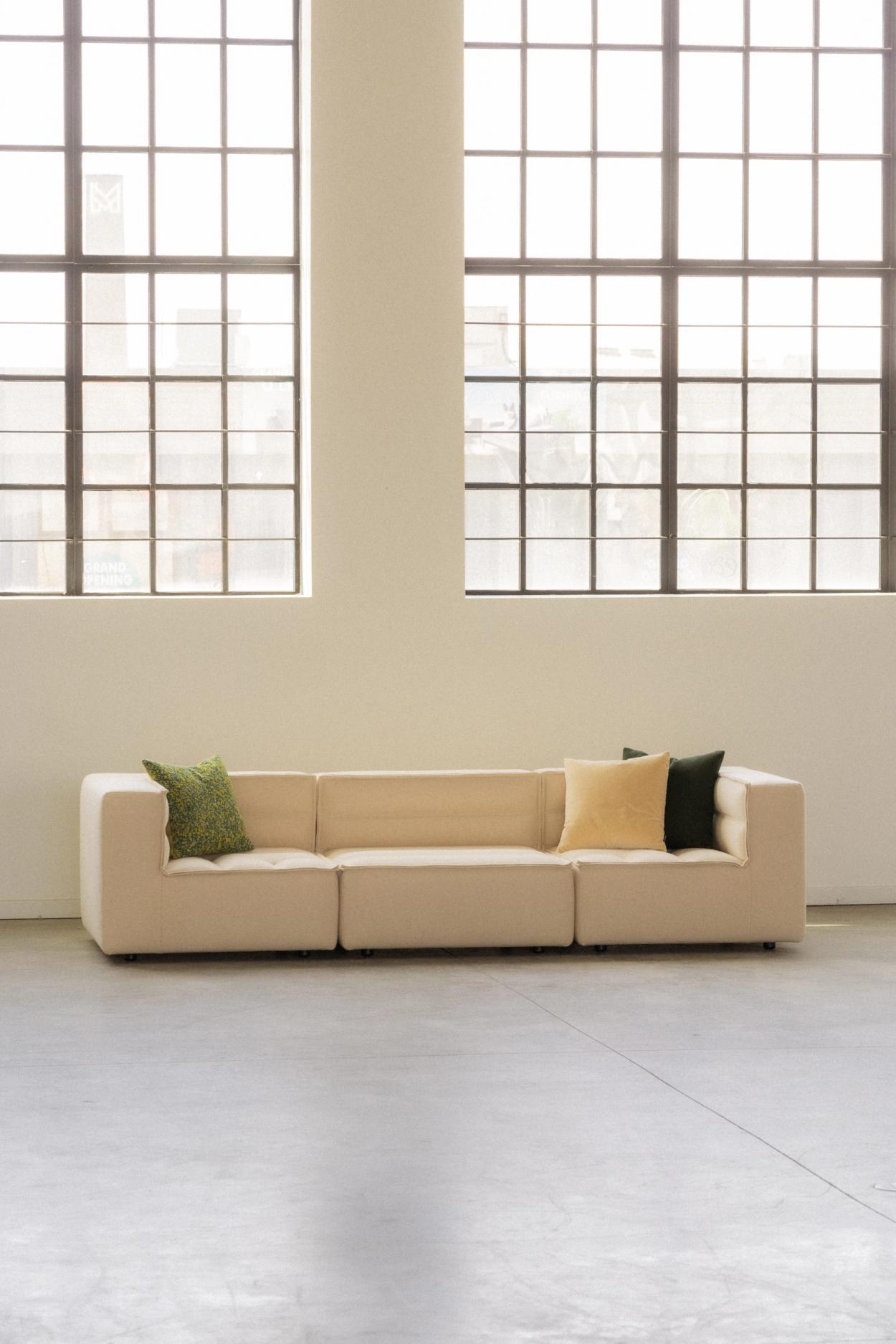
Chord Sofa, Part & Whole

Total Sofa, Part & Whole
AN
You mention Part & Whole has evolved since it began. How would you describe what Part & Whole is today?
NM
We’re a young company and still very much evolving, but in pragmatic terms Part & Whole a design and manufacturing company with a current focus on soft seating and modular furniture systems. Beyond that though, Part & Whole to me represents a collective of sorts of some of the brightest, most talented, and creative people I know. We are a very small team, but with a remarkably diverse skillset. We essentially do everything in house – from photography and art direction, to product design and development, to the whole brand identity and digital experience. And that’s in addition to the manufacturing side of the business. It’s admittedly kind of insane, but I know how rare and special it is to be able to try and build something this way and I couldn’t imagine trying to pull it off with any other group of people.
AN
There are a lot of great sofas in the world. How does this influence or challenge your process when devising a novel design or collection?
“All creative work is a dialogue with the past...”
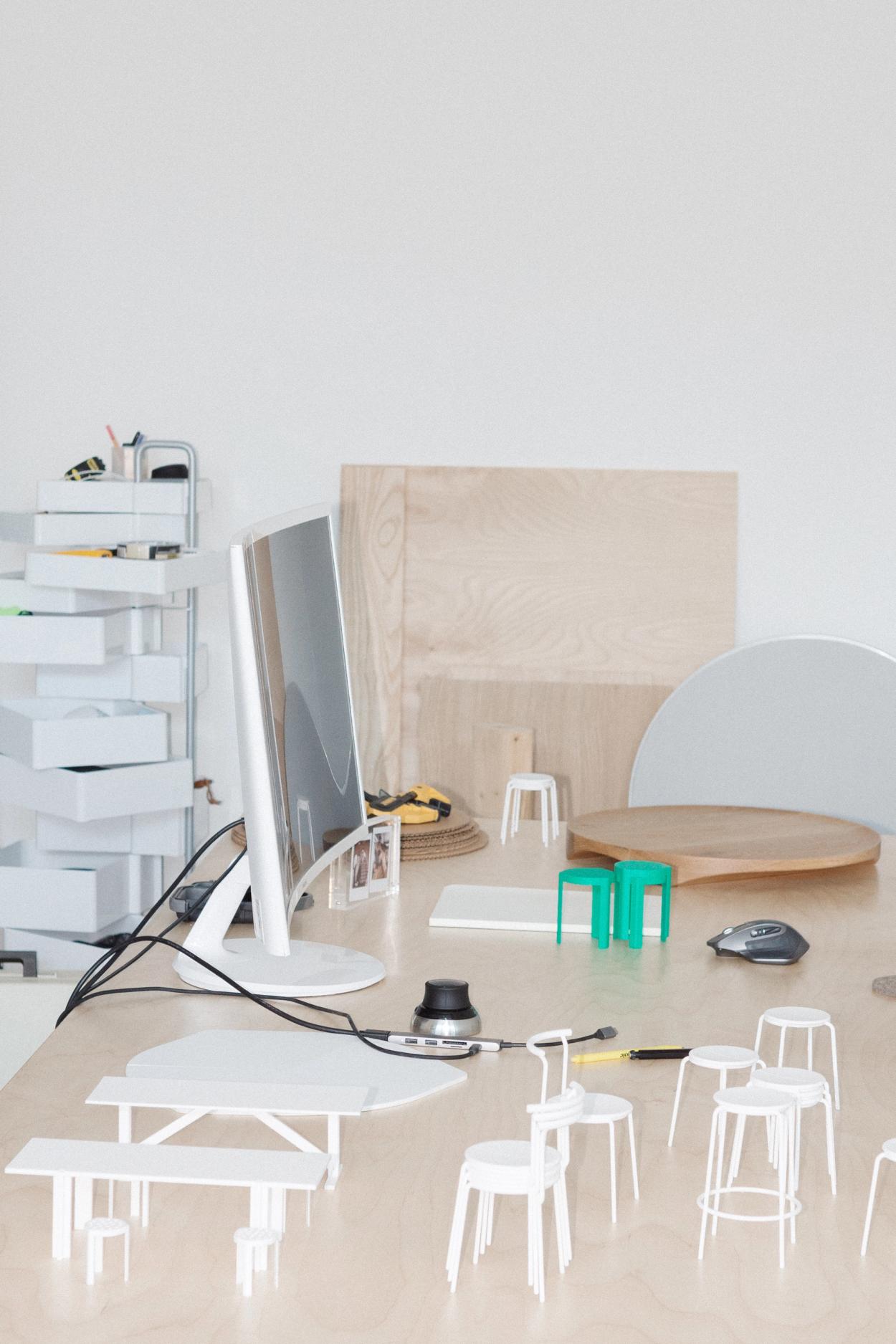
Studio desk, 3d printed maquettes, Chord tray prototype

Stacking tests with scale models
NM
All creative work is a dialogue with the past in a way, and I have given in to the idea there will always be a long list of intimidatingly good work that predates you in any category. I think it’s up to the individual to interpret this in a pessimistic or an optimistic light. I spent the earlier years of my career somewhat paralyzed by this reality, but these days I find it motivating. I just try to focus on making the best work I can, with the resources I have available. The more projects I complete, the more I also realize that the success of a given product is based on so many factors – many of which fall completely outside of your control as a designer. Take timing for example. We designed Chord back in early 2019, but by the time it was released at the end of 2021, the entire world had changed and along with it so had the the types sofas people were looking for. This worked out in our favor in this instance, but it was not something that we had any control over. You see further evidence of this within the vintage market, with some objects becoming more successful in an entirely different era than they were conceived in or for. I love seeing that happen.
AN
Well put. No doubt any designer can relate with the idea of being overwhelmed by the magnitude of great choices made by others. I remember seeing a talk by Maureen Mooren and Daniel van der Velden, Dutch graphic designers, at the Walker Art Center. During the Q&A, an audience member asks what designers they look to for inspiration. Daniel responds by saying they don’t really look to graphic design for inspiration, rather, that they look to other creative expressions like fashion, art, and architecture. The audience member follows up, as if not fully satisfied by the answer, by asking what magazines they look at when at a magazine shop. Daniel says they don’t do this at all. "Ours is not a love affair with magazines, its a kind of hate affair”, he says. He goes on to ask the audience if anyone has been to the Palais de Tokyo in Paris, and continues, “…you have a magazine store there, when you enter there’s a five meter tall wall of Japanese stuff, you enter and it sort of attacks you. It gives you a kind of hysteria where you have the idea that you’re 10 years behind and you have to catch up. That’s the kind of frenzy that design is always trying to provoke. It tries to stir your unrest for a kind of stylistic…“, Daniel pauses and tries on a metaphor, “…it’s like food, and you know, you want to have it all”. This was a talk from 2005. I first saw it in 2009 maybe. But that line, “you want to have it all”, it really stuck with me. As a young designer, I knew exactly what he was talking about. What’s more, it doesn’t really go away! To your point, you have to just decide how you want to respond to it. With a defeated posture or a sense of optimism. I’ll admit, with me, it always is a bit of a dance between the two.
Speaking of optimism, what are you working on now that has you excited? Any projects you can share?
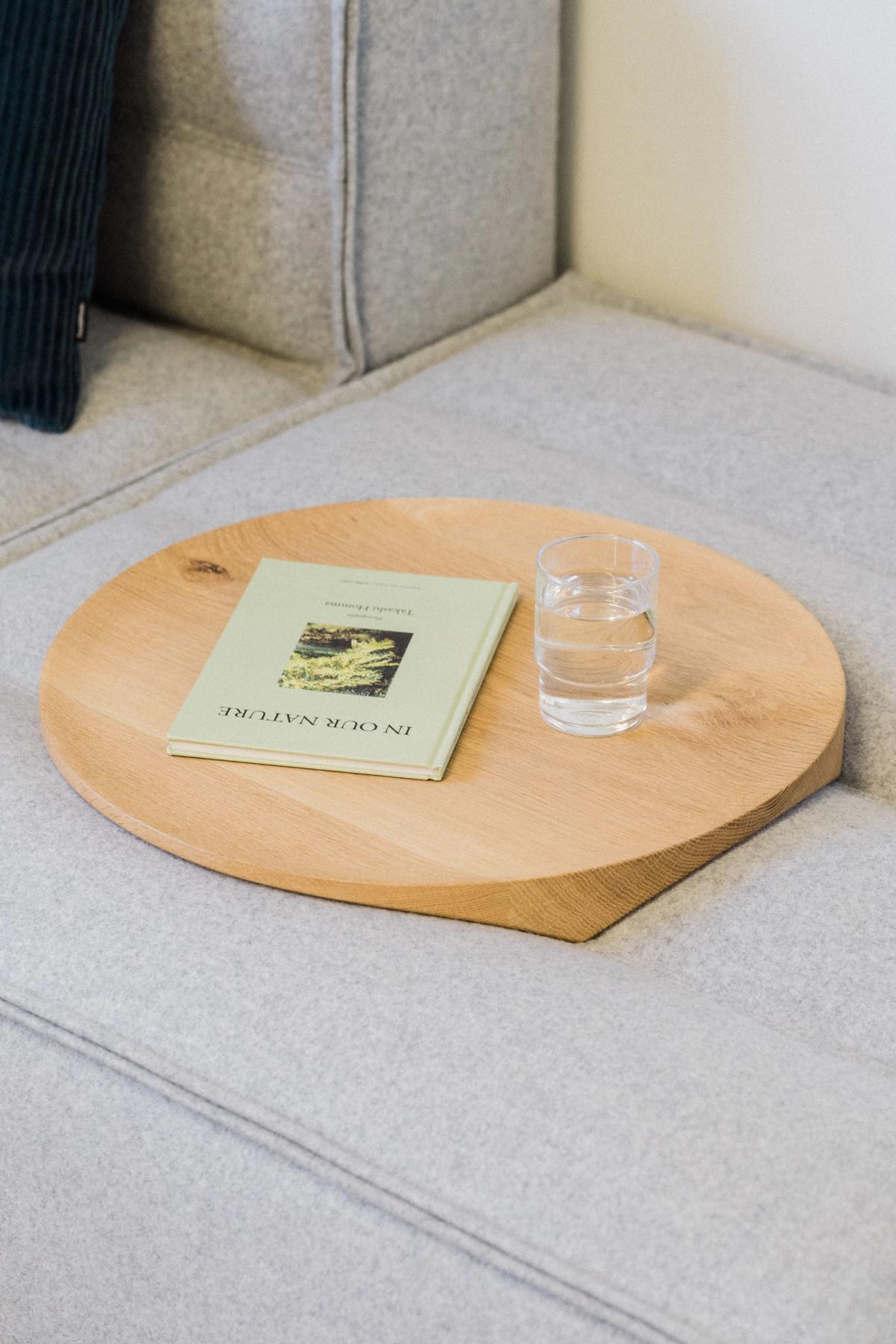
Chord Tray in white oak
NM
I can very much relate to that! You’re right, it doesn’t go away. And social media has now made that magazine wall infinitely tall, which is all the more reason to question how and if you want to engage with it. I think it’s always a dance between keeping informed and giving yourself some distance from the noise so that you can hear your own voice. As far as what’s new and exciting, we recently released the Chord Tray for Part & Whole. It is a CNC milled wood tray that has been shaped to rest perfectly on top of the Chord Sofa. It’s a super simple idea at its core, but it has been a lot of fun to see how people are responding to it. I just launched a new website and refreshed identity for my studio practice as well (which you know, because you designed it!). Since launching Part & Whole, time to devote to my studio work has been limited, so it feels really exciting to be starting to give that side of things some attention again too.
AN
Fantastic. Thanks for your time, Nathan.
NM
Thanks for the opportunity! It’s been fun.
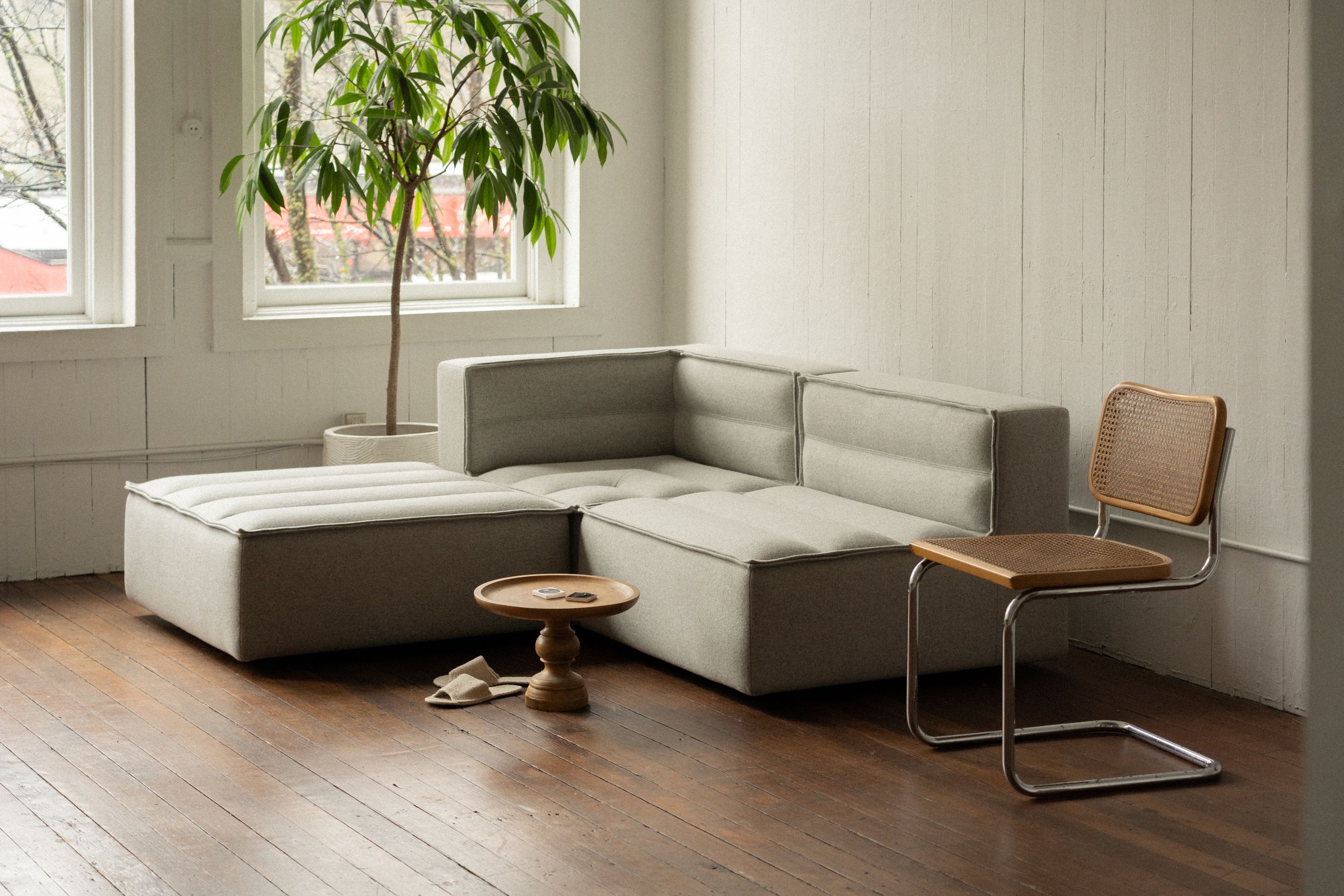
Chord Sofa at home
A deeper dive into Nathan's practice can be found on his personal website at https://nathanmartell.com, or you can follow his company, Part & Whole, at https://partandwhole.com
Words: Alex Nelson, Nathan Martell
Photography: Guy Ferguson, Nathan Martell


